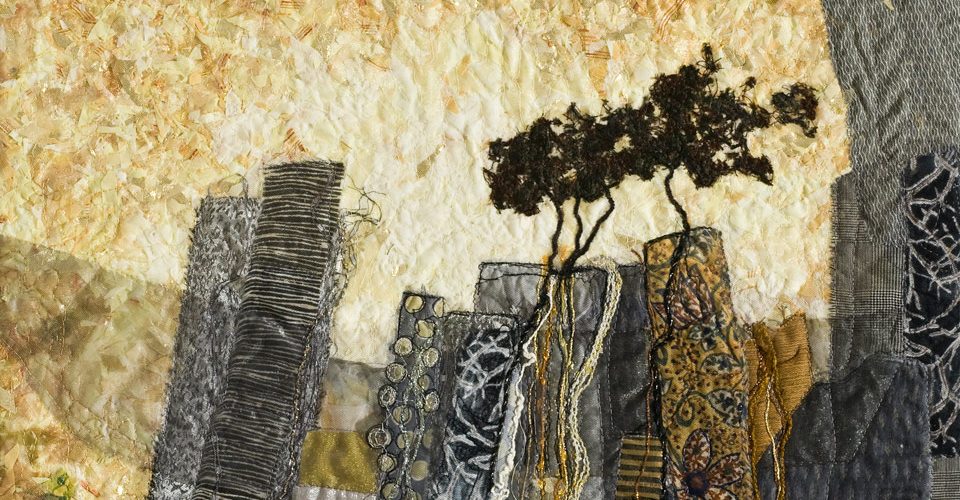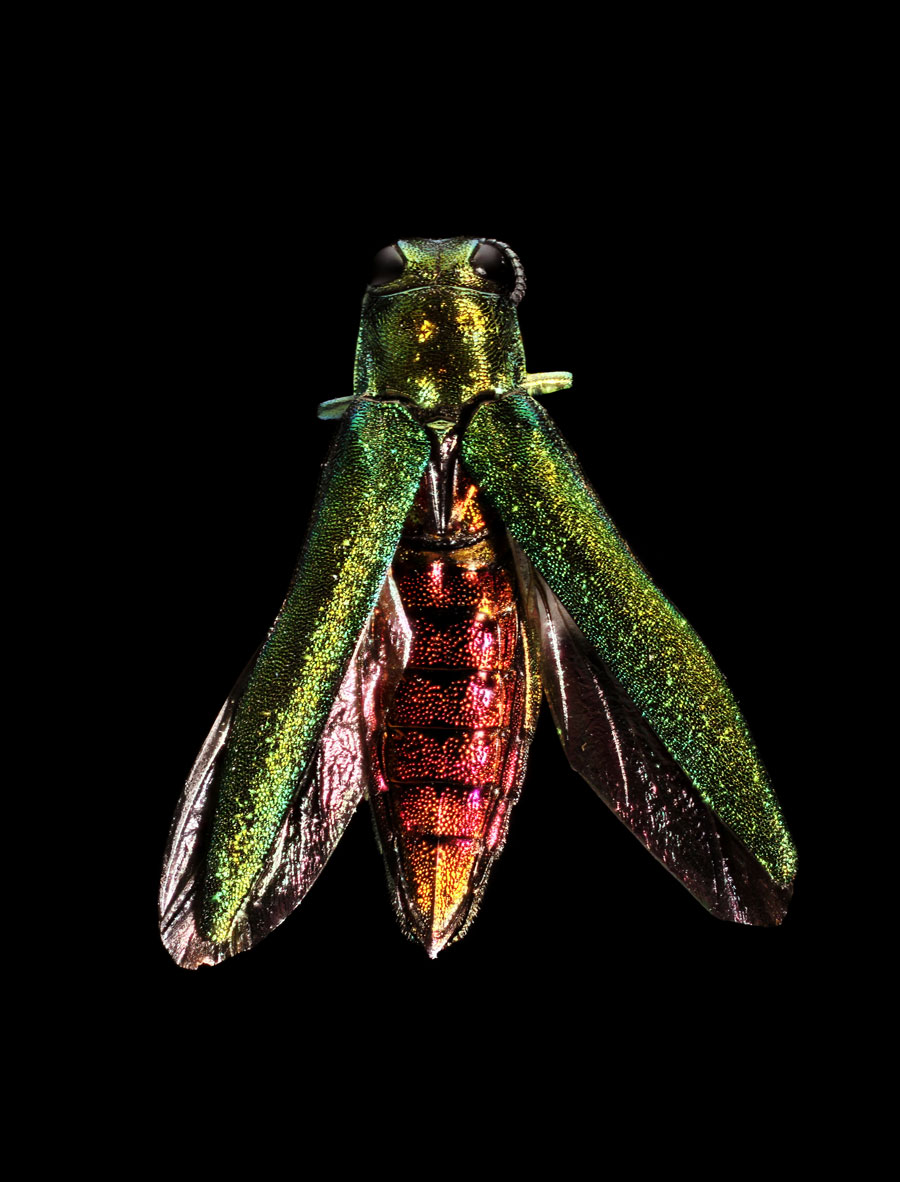What do these forests make you feel? They are profoundly solemn yet upliftingly joyous… How absolutely full of truth they are, how full of reality. The juice and essence of life are in them; they teem with life, growth and expansion. They are a refuge for myriads of living things…
– Emily Carr
What do these forests make you feel? They are profoundly solemn yet upliftingly joyous… How absolutely full of truth they are, how full of reality. The juice and essence of life are in them; they teem with life, growth and expansion. They are a refuge for myriads of living things…
– Emily Carr
EMILY CARR’S work as an artist, writer and environmentalist captured not only the importance and beauty of Canada’s forests, but also their complexity. Her painting and writing communicated strong messages about forest diversity and resilience, and starkly illustrated the effects of poor forest stewardship. Nearly a century later, we are still seeking the appropriate balance between economic and ecological factors, made all the more challenging by climate change.
Canada’s forests account for nine per cent of all forests and 24 per cent of boreal forests worldwide. They buffer the world from rapid climate change by removing carbon dioxide from the atmosphere and moderating local climate, water flow and air quality. Our forests are home to two-thirds of all our species and are the source of more than 65 per cent of our water. Except for the past two decades, forests have been our primary sinks for greenhouse gases. Over 70 per cent of our Aboriginal communities reside in forested areas that are foundational to their cultures and ways of life. In 2013, forest harvesting contributed $19.8-billion to the nation’s GDP and directly employed 216,500 people.
Canada’s forests are home to two-thirds of all our species and are the source of more than 65 per cent of our water.
But Canada’s forests are under siege by resource extraction and shifts in the types and extent of natural disturbances due to climate change. This is starkly revealed in the federal government’s own State of Canada’s Forests report, which shows that 3.9 per cent of our forests were disturbed in 2013 by insects, fire and logging, and for economic development. This is roughly four times the rate of disturbance expected for sustainable forest management. Government scientists expect the effects of climate change on forests to amplify with time.
In 2014, Canada made embarrassing headlines when the World Resources Institute (WRI) reported that we have accounted for 21.4 per cent of worldwide forest degradation over the past 13 years, the highest rate globally. The tar sands of Alberta, along with increased forest fires, were highlighted as major drivers of this degradation. The State of Canada’s Forests report paints a rosier picture, but the WRI, an independent watchdog, has made clear that Canada’s forest policies and practices focus on economic growth at the expense of environmental sustainability. Such single-minded management in this era of rapid climate change could undermine the natural resilience of our forests.
Although change in forests is normal, people are now causing change at much faster rates than in the past. Climate change caused by human activities has lengthened summers and increased drought, creating the fuel and weather conditions for earlier, more frequent and more severe forest fires. This is obvious to the locals in British Columbia, Yukon and Northwest Territories, who, in recent years, have experienced some of the driest and smokiest summer conditions in recorded history.
Forest management practices narrowly focused on wood production are placing forests at increased risk of degradation as the climate changes.
Warming temperatures have also created ideal conditions for massive insect and disease outbreaks. Mild winters allowed populations of the tiny mountain pine beetle to explode in British Columbia. Imagine the shock for people in forest-dependent communities like Quesnel, BC, as they watched their pine-dominated landscapes turn from green to red as trees were infected, then to grey as trees died in just a few years. Not only did these people lose the beauty and recreational value of their forests, they lost the economic value too; Quesnel is on the cusp of economic collapse due to timber shortages for local mills. The mountain pine beetle is now chewing its way across the boreal forests of Alberta and Saskatchewan. Other native and introduced insects and diseases threaten to follow suit, particularly in forests lacking diversity or planted with species unsuitable for ecological conditions.
Provincial governments in Canada have responded to the mountain pine beetle mainly through salvage logging. New forest policy to facilitate salvage logging has resulted in increased harvest rates, but this has had unintended consequences, including the cutting of healthy understory and neighbouring trees, further reducing future timber supply. According to the Food and Agriculture Organization of the United Nations, such forestry practices, along with land-use change, accounted for 15.5 per cent of Canada’s greenhouse gas emissions in 2011.
The good news is that beetle-killed forests that have not been salvage-logged quickly recover as carbon dioxide sinks rather than sources. This is because formerly shaded trees are able to capture light and other resources liberated by their dying competitors, demonstrating nature’s resilience. The salvage-logged forests that have been replanted or are naturally regenerating can once again become carbon sinks in a few decades if the new generation of trees remains healthy. Likewise, reforestation with species adapted to new conditions will result in more rapid forest recovery. If Canadians promote ecologically sound reforestation of the remaining millions of hectares naturally disturbed by pests and fire, net greenhouse gas emissions from our forests and other land-use changes could be reduced.
Forests in Canada that are currently commercially harvested are almost all reforested through planting or natural regeneration. As a result, the practice of forestry contributes little (except eight per cent lost to roads) to annual net deforestation, although inadequately reforested areas persist from past logging, natural disturbances and increasing losses in plantations to insects and disease.
Management practices in young forests can profoundly affect their resilience to climate change and future disturbances. In their own reports, provincial governments acknowledge that forest management practices narrowly focused on wood production are placing forests at increased risk of degradation as the climate changes.
Provincial policies should encourage the following practices to increase the resilience of Canadian forests:
Protect large areas of intact forest. This should include protection of areas with high topographic and ecological variability as well as unique habitat features. These will serve as carbon sinks and provide habitat for biodiversity. Plans for such reserve areas should consider connectivity among reserves to allow dispersal and migration of species as the climate changes. BC’s Great Bear Rainforest and Canadian Boreal Forest agreements are good examples of large-scale plans that include conservation areas.
Replace large-scale clear-cutting with diverse ”variable retention” harvesting methods. Maintaining varying proportions of living trees scattered or clumped within harvested areas better mimics natural disturbance, resulting in a diversity of stands and conditions across landscapes. To conserve biodiversity and maintain carbon storage, we must curtail the harvesting of old-growth forests.
Regenerate resilient species mixtures through both planting and natural regeneration. Mixtures of species are more resilient than monocultures and have lower losses to pests. We can increase diversity by encouraging natural regeneration of forests along with planting mixtures of seedlings in harvested areas.
Use genetically diverse seeds to pre-adapt regenerated forests to climate change populations. Not only do species differ in their climatic tolerances, but populations within a species differ genetically depending on the local climate to which they are adapted. For reforestation in uncertain future climates, we can collect seed from natural or selectively bred populations native to warmer or drier locations and mix those seeds with local varieties.
Help tree species migrate to more favourable habitats as climates change. We can encourage migration by planting more tree species in increasingly favorable areas, and planting fewer species in areas where they are faring poorly.
Practice adaptive and long-term management. As climates change, we should experiment, monitor and continuously improve silvicultural practices. For example, the number of trees planted per hectare should be increased if mortality rises. To increase forest productivity, biodiversity and resilience, and to improve carbon, nutrient and water cycling, trees should reach older ages before harvest than current industry standards allow. Credible forest management certification programs, such as those of the Forest Stewardship Council, can promote good practices.
Encourage local management of forests. We should diversify and divest forest tenures and engage the public in forest policy and practice through mechanisms such as community forest licenses.
Recognize forests as an important and renewable resource. Provincial and federal agencies must strengthen their support for forest management, restoration of degraded and inadequately reforested areas, and forest research, monitoring and conservation.
Mitigate climate change. Canadian federal and provincial governments must develop rigorous new policies that substantively reduce greenhouse gas emissions. Only by slowing global warming will we give our forests time to adapt to new conditions.
Canada has the knowledge, expertise and resources to improve management of our forests. The public can demand better governance and stewardship of forests from politicians and governments. With leadership and vision, we can encourage the conservation and development of healthy forests such that they continue to house biodiversity, store carbon, cycle clean water and air, produce wood and deliver a wide range of additional ecosystem services.

Suzanne Simard is a professor in the Department of Forest and Conservation Sciences at University of British Columbia. Simard is also project leader for the NSERC CREATE TerreWEB program.

Sally Aitken is a professor in the Department of Forest and Conservation Sciences, and director of the Centre for Forest Conservation Genetics at University of British Columbia.














